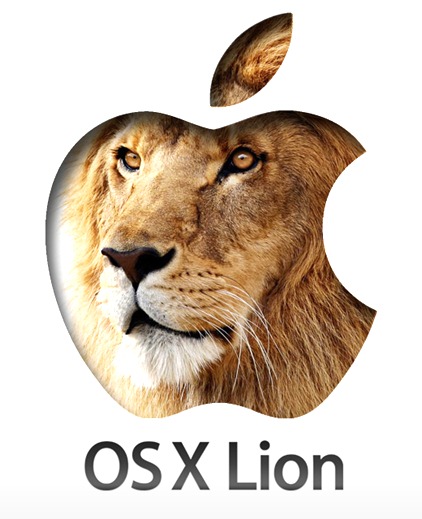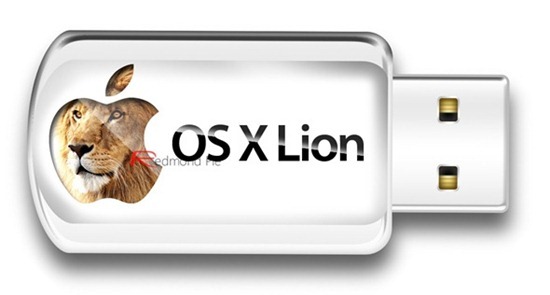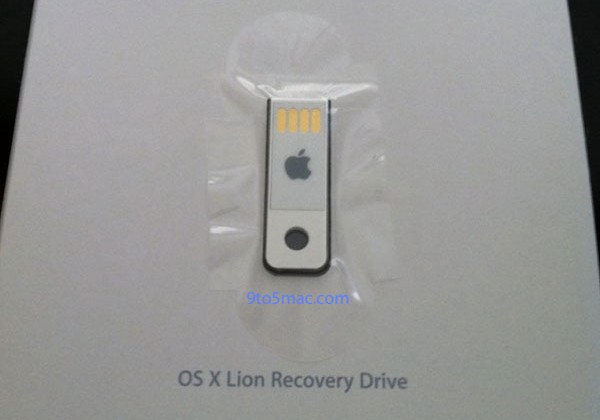Next time you want to reinstall Lion, first buy a 8GB USB Thumb Drive and do this: Click here Lion Recovery Disk Assistant. I agree the Lion Recovery Disk Assistant is a good choice to make a USB Recovery HD but that would not help the OP in the download area. All that does is allow you to create a USB drive with the recovery HD on it. To recover Lion OS PC files, download and install Disk Drill for Mac OS X on your PC. Disk Drill is available in two options: Disk Drill free version and Disk Drill Pro version. Disk Drill Free version can be used to recover lost files on PC running Lion OS, but for one to access the files, the user must upgrade to the Pro version. This set of instructions was used by me today to get a disk image of the 10.7.2 Lion installer. After I downloaded the disk image on my mba 2011 I burned a dvd copy and also made a usb flash drive installer. It downloads not the initial lion release but 10.7.2 installer. Here is the url macworld hints.


macOS Recovery is part of the built-in recovery system of your Mac. You can start up from macOS Recovery and use its utilities to recover from certain software issues or take other actions on your Mac.
How to start up from macOS Recovery

- Turn on your Mac and immediately press and hold these two keys: Command (⌘) and R. Need help?
- Release the keys when you see an Apple logo, spinning globe, or other startup screen.
- You might be prompted to enter a password, such as a firmware password or the password of a user who is an administrator of this Mac. Enter the requested password to continue.
- Startup is complete when you see the utilities window:
- After starting up from macOS Recovery, select a utility, then click Continue:
- Restore From Time Machine Backup:Restore your Mac from a Time Machine backup.
- Reinstall macOS: Download and reinstall the Mac operating system.
- Get Help Online: Use Safari to browse the web and find help for your Mac. Links to Apple's support website are included. Browser plug-ins and extensions are disabled.
- Disk Utility: Use Disk Utility to repair your disk or erase your disk or other storage device.
Additional utilities are available from the Utilities menu in the menu bar: Startup Security Utility (or Firmware Password Utility), Network Utility, and Terminal.
- To quit macOS Recovery, choose Restart or Shut Down from the Apple menu . If you want to choose a different startup disk before quitting, choose Startup Disk from the Apple menu.
Download Mac Os X Lion Recovery Disk Imager
- Disk Utility in OS X Mountain Lion If you’re having problems with your hard drive or need to make changes to it, Disk Utility in OS X Mountain Lion is a good place to start. Start by clicking a disk or volume in the column on the left and then click one of the five tabs.
- Hold down the “Command” and “R” keys while your Mac is booting. This will allow you to select one.
Os x leopard recovery disk free download - Movist for OS X Leopard, Apple Mac OS X Snow Leopard, Disk Inventory X, and many more programs.
Mac; Users' choice; Download recovery disk assistant; Download recovery disk assistant. Most people looking for Recovery disk assistant downloaded: Recovery Disk Assistant. 3.8 on 42 votes. Built right into OS X Lion, Lion Recovery lets you repair disks or reinstall OS X Lion without the need for a physical disc. Downloaded the iso image and proceeded to make a Mac OS X bootable USB on windows. To create a bootable media to install Mac OS X leopard on my old macbook A1181. I used imageusb and installed. I was very happy to find this 10.5.4 version which worked perfectly. Many thanks to all.
If you can't start up from macOS Recovery
If your Mac can't start up from its built-in macOS Recovery system, it might try to start up from macOS Recovery over the Internet. When that happens, you see a spinning globe instead of an Apple logo during startup:
To manually start up from Internet Recovery, press and hold either of these key combinations at startup:

- Option-Command-R
- Shift-Option-Command-R
Learn more
If startup from Internet Recovery is unsuccessful, you see a globe with an alert symbol (exclamation point):
Mac Os Recovery Assistant
In that case, try these solutions:
Download Mac Os X Lion Recovery Disk Download
Download Mac Os X Lion Recovery Disk Drive
- Make sure that your Mac can connect to the Internet. If you're not prompted to choose a Wi-Fi network during startup, move your pointer to the top of the screen, then choose a network from the Wi-Fi menu , if available.
- Press Command-R at startup to try using the built-in Recovery system instead of Internet Recovery.
- Connect to the Internet using Ethernet instead of Wi-Fi, or vice versa.
- Connect to the Internet from a different Wi-Fi or Ethernet network. Your network configuration might not allow the Internet access that macOS Recovery needs.
- Try again later, because the issue might be temporary.
- Start up from another disk or volume, if available, or use a bootable installer to reinstall macOS.
Mac Os X Recovery Download
If you still need help, please contact Apple Support.

Built right into OS X, OS X Recovery lets you repair disks or reinstall OS X without the need for a physical disc.
The OS X Recovery Disk Assistant lets you create OS X Recovery on an external drive that has all of the same capabilities as the built-in OS X Recovery: reinstall Lion or Mountain Lion, repair the disk using Disk Utility, restore from a Time Machine backup, or browse the web with Safari.
Note: In order to create an external OS X Recovery using the OS X Recovery Assistant, the Mac must have an existing Recovery HD.
Mac Os X Lion Recovery Disk Download Windows
To create an external OS X Recovery, download the OS X Recovery Disk Assistant application. Insert an external drive, launch the OS X Recovery Disk Assistant, select the drive where you would like to install, and follow the on-screen instructions.
Mac Os X Disk Copy
When the OS X Recovery Disk Assistant completes, the new partition will not be visible in the Finder or Disk Utility. To access OS X Recovery, reboot the computer while holding the Option key. Select Recovery HD from the Startup Manager.